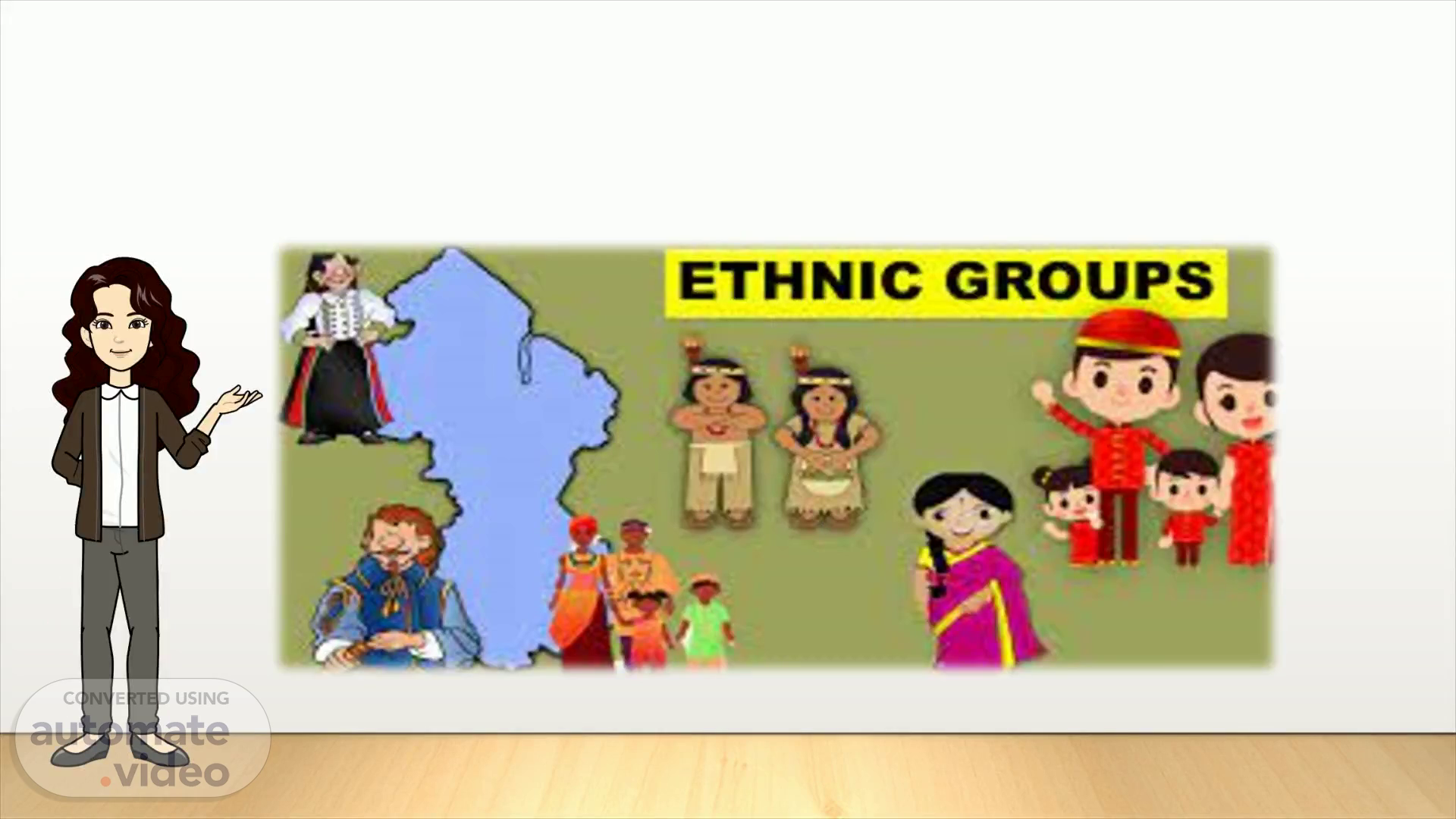
Page 1 (0s)
Guyana s Ethnic Groups YouTube. Topic:.
Page 2 (37s)
What Is Culturally Responsive Teaching? Culturally responsive teaching is a student-centered approach to education. It is based on the idea that every student brings unique cultural strengths to the classroom. Recognizing and nurturing those strengths not only encourages success but also promotes an open-minded, supportive environment that celebrates cultural differences..
Page 3 (1m 16s)
. . The first Strategy of Culturally Responsive Teaching is 1. Get to Know Your Students and Their Families Expressing interest in your students’ ethnic and cultural backgrounds is fundamental to creating a culturally responsive classroom. Activity such as Culture day in the classroom (let each child dress in their ethnic wear or choose an ethnic group to dress as, displaying the contributions of each ethnic groups such as cultural food, crafts and cultural presentation such as dances, dramatic skits and poems..
Page 4 (1m 48s)
The second strategy is 2. Account for Language Differences A culturally informed classroom should take into consideration that English may not be the primary language for some students. Rather than expecting non-native English speakers to overcome language barriers on their own, teachers should find ways to provide additional support..
Page 5 (2m 36s)
students who aren't fluent in English may not fully understand class material. In addition, they might be afraid to ask questions and share ideas because they don't have the English language skills, they need to express abstract concepts..
Page 6 (3m 19s)
Culturally responsive teaching helps bridge those gaps by engaging students from underrepresented cultures (which can be informed by everything from race and ethnicity to religion and ability) in the learning process in ways that are meaningful and relevant to them. The motive of knowing the pupils cultural background through culture day is to give the pupils a sense of identity and promote an environment where they all appreciate each other's cultural Accounting for language differences in the class room helps to bridge the gap for students who aren't fluent in English and may not fully understand class material. However after learning that their language is appreciated in the classroom they must be not afraid to ask questions and share ideas just because they don't have the English language skills, they need to express abstract concepts..
Page 7 (4m 30s)
By Nikki Williams Rucker ```` December 10, 2019 Culturally Responsive Teaching Strategies: Importance, Benefits & Tips https://soeonline.american.edu/blog/culturally-responsive-teaching https://guyanachronicle.com/2015/08/08/amerindian-ministry-planning-activities-to-celebrate-heritage-month-2015/ https://hallr.com/great-communication-teacher-student/ https://guyanachronicle.com/2015/08/08/amerindian-ministry-planning-activities-to-celebrate-heritage-month-2015/ http://www.guyanaundersiege.com/Amerindian/amergallery/matapee%20and%20sifter.html https://www.pinterest.com/pin/820921838308991546/ https://europetimes.co/sweetness-overloaded-the-delicious-honey-pancakes/ https://www.youtube.com/watch?v=issDnLqF6Mg https://africaimports.com/african-clothing https://www.thingsguyana.com/cook-up-rice-a-guyanese-traditional-dish/ https://www.inewsguyana.com/international-artistes-for-indian-arrival-hamara-guyana-concerts/ https://en.wikipedia.org/wiki/Tabla https://www.indiamart.com/proddetail/kathak-dance-training-services-16445485273.html https://inmychina.wordpress.com/tag/china/ https://www.youtube.com/watch?v=UwMWUiS_JK4.